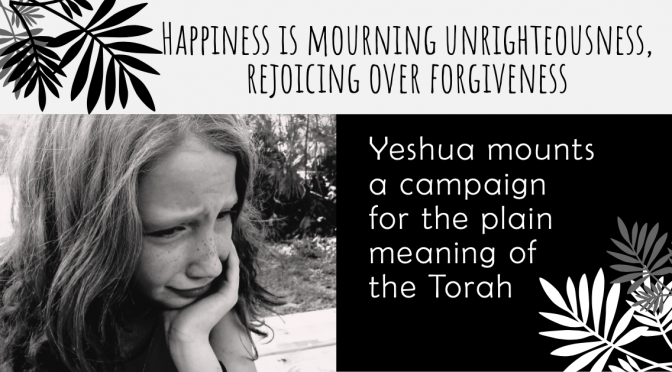Aren’t the Law of Moses and the Law of Christ two different “tunes,” the former about obedience and justice and the latter about grace and mercy? We find that Yeshua (Jesus) bridges both in the sermons on the mount and plain (Matthew 5–7; Luke 6:17–36).
In part 3 of this look inside these important messages from Yeshua on salvation, we explore a critical key to understanding the harmony between the Song of the Lamb and the Song of Moses, detailed in Torah reading הַאֲזִינוּ Ha’azinu (“listen,” Deuteronomy 32).




